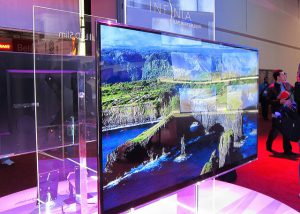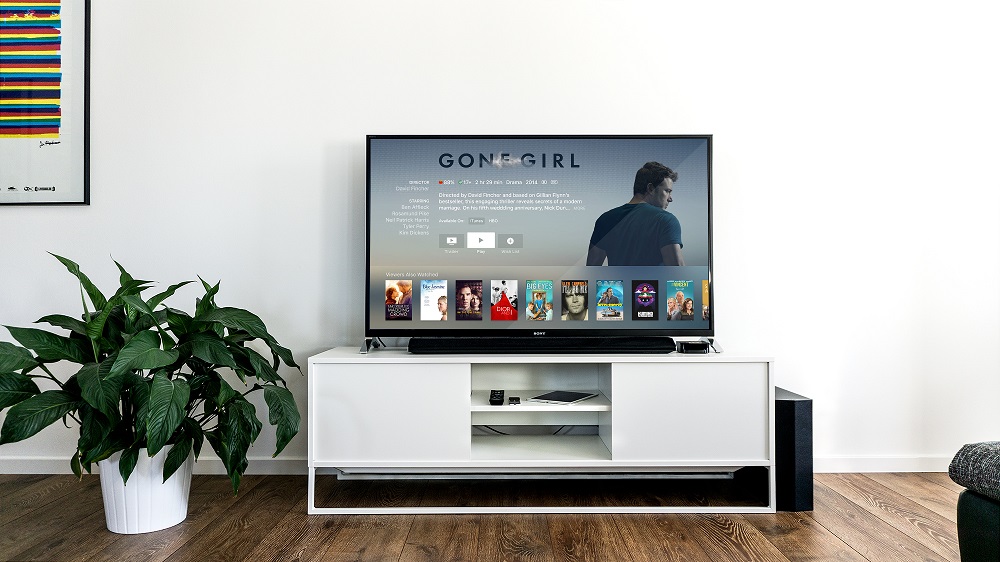Buying a NEW 4k Television can be quite confusing especially for the novice or the first time buyer. You may have already chose the size, how thin you want it to be or even whether you want a curved screen TV or not. But there is one important thing you should know about before you decide what 4K TV to buy, and that’s the Panel Technology. There are essentially three main types of Panel Technology to choose from: LED TVs, OLED TVs and Quantum Dot TVs ( also referred to as QLED TV by Samsung). I want to help to understand the difference between them so you will have a greater understanding of your panels and what TV is right for you.
LED TV

LED (Light – Emitting – Diode) TVs are the oldest and least expensive out of all three. LED TVs use light emitting diodes to illuminate liquid crystals. LED TV are just LCD TVs that has the ability to show deeper blacks. These TVs are thin and light which makes them easy to mount on a wall and they are very eco friendly, because they don’t use a lot of power.
Even though this technology is older than OLED and Quantum Dot , LED’s have a wider selection of brands and sizes to choose from and when it comes the pricing there’s no beating the LED TVs for affordability it’s the least expensive out of the three.
OLED TV

OLED ( Organic – Light – Emitting – Diode ) TVs are newer than LED its made from mostly carbon based materials that emit light when electricity is applied. This is similar to the heating elements in a toaster minus the heat.
OLED TVs are much thinner than LED TVs because each pixel dot is it’s own light source so no backlight is required to makes the TV deliver unprecedented contrast ratio ( The Luminescence Between Brightest Whites And Darkest Blacks). It also uses way less electricity making it much more energy efficient than other TV panels.
OLED TVs are larger with 55-inches being the smallest available. Naturally OLED TVs are more expensive than LED TVs with the smallest 55-inches costing $2000.
QLED /Quantum Dot

QLED TV is the newest of the three. It uses a new material called ” ALLOY QUANTUM DOT ”. Quantum Dots are very very microscopic dots – nanocrystals. This provides improved color accuracy, brighter brights and wider viewing angles from the new pixel structure. Below are some Advantages of QLED:
- Quantum Dot TVS have more brightness delivering exceptionally darker blacks and whiter whites and can match the contrast ratio of OLED.
- Quantum Dot TVs have a more true – to – life color palette that’s also wider especially with greens and reds when compared to OLED display.
- Quantum Dot TVs have a longer lasting display because the materials are more organic and won’t suffer from burnout issues.
Quantum Dot TVs are not as thin as OLED TVs but Quantum Dots are cheaper..
I hope I helped you to understand the difference between these three panels. If you have any questions about these panels please comment below.
Now that you Have a better understanding of 4K panels take a look at The Best TVs of 2017


Average Rating